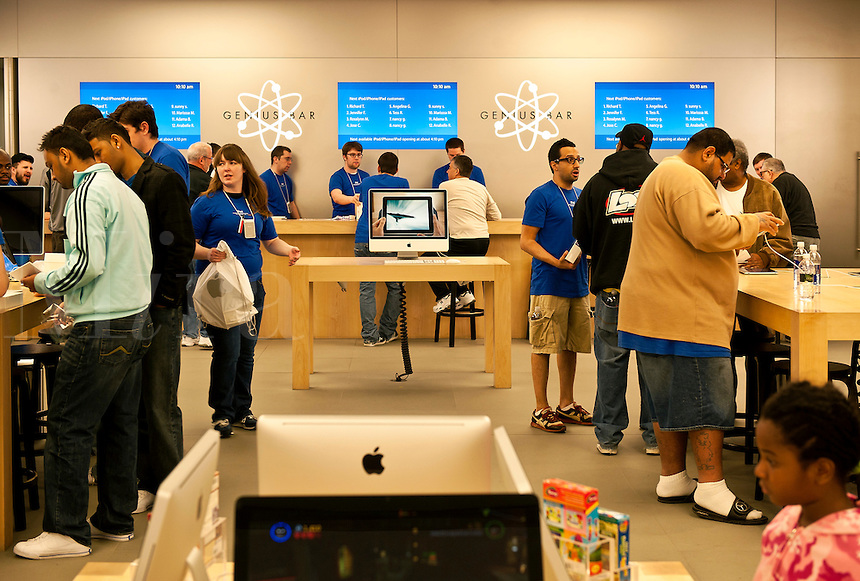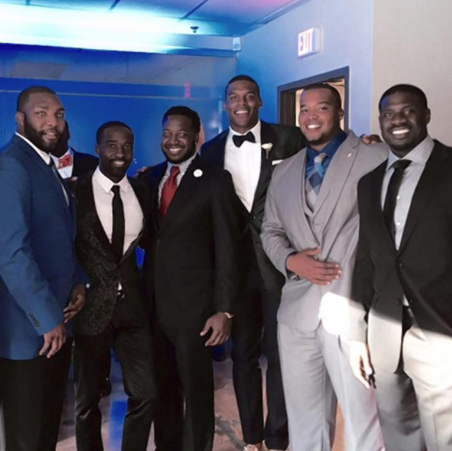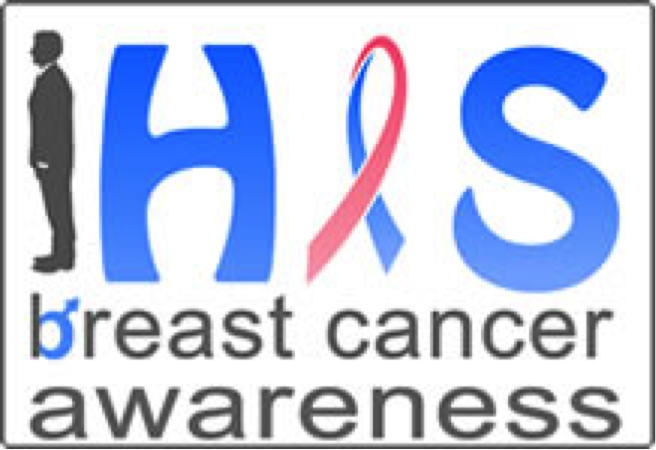myHIN Blog
Category: Public Health Articles

June 13, 2022
Managing Hypervisibility in the HIV Prevention Information Seeking Practices of Black Female College Students
published in Journal of the Association for Information Science and Technology by Lynette Kvasny Yarger and Fay Cobb Payton
#HealthCare #UX #InformationSeeking #BlackWomen #Hypervisibility
Share
March 11, 2016
Don’t Be Fooled. The Apple FBI iPhone Dispute Also Affects You
Apple, a well-regarded [tech] company is usually in the media for bringing to market some of the most beautifully designed devices in the consumer and education space. Products like the iPhone and iPad have transcended how people consume technology and entertain themselves at a moment’s glance. New macbooks have almost a cult like following for college students as they prepare and study for future jobs that didn’t exist 10 years ago.
 More recently though, the company name has been tossed around for a dispute with the FBI, the nation’s prime federal enforcement organization, over the unlocking of an iPhone used by the killers in the 2015 San Bernardino terrorist attack. There’s been countless articles explaining Apple’s stance, the FBI stance, and so forth and so on but what about your stance? How exactly does this case affect you or is it an overblown media story from large corporations and government agencies?
More recently though, the company name has been tossed around for a dispute with the FBI, the nation’s prime federal enforcement organization, over the unlocking of an iPhone used by the killers in the 2015 San Bernardino terrorist attack. There’s been countless articles explaining Apple’s stance, the FBI stance, and so forth and so on but what about your stance? How exactly does this case affect you or is it an overblown media story from large corporations and government agencies?
Essentially, the lack of strong encryption on consumer devices can lead to hackers breaching the defenses of retail chains, banks, the federal government and even HOSPITALS!
 Yet, hacking has become what seems to be a typical event. In 2015, the U.S. Office of Personnel Management experienced a data breach exposing the personal information of over 22 million current and former employees (and even those that applied for employment via its portal). Health care organizations and your health data are not exempt from such comprises. For instance, Premera data breach exposed medical claims and financial information of 11 million customers, and Anthem’s 2015 data compromised the personal information about more than 80 million people. Why is this a major concern? As more healthcare organizations engage in network arrangements and data sharing, your personal information is likely to become more exposed.
Yet, hacking has become what seems to be a typical event. In 2015, the U.S. Office of Personnel Management experienced a data breach exposing the personal information of over 22 million current and former employees (and even those that applied for employment via its portal). Health care organizations and your health data are not exempt from such comprises. For instance, Premera data breach exposed medical claims and financial information of 11 million customers, and Anthem’s 2015 data compromised the personal information about more than 80 million people. Why is this a major concern? As more healthcare organizations engage in network arrangements and data sharing, your personal information is likely to become more exposed.
How important is this data to healthcare organizations? In a recent NPR news segment, a California hospital paid a ransom “worth $17,000 to hackers holding its computer data hostage raised new concerns about bigger targets.” While not all organizations will pay ransoms, no industry is exempt and neither are we, as individuals. Being mindful of our data, its uses and our use of devices/systems/networks and even social media requires some degree of discernment. After all, we are in the digital age of the Internet of Things.
Continue to follow @myhealthimpact on Twitter for more information on the connection between the Internet of Things and healthcare. #IoT, #healthcare #databreach
Share

February 17, 2016
Cam Newton Ain’t The Only One Taking An Online Beating
Not so fast. Maybe the world has moved on from Super Bowl 50 but not me. Since my hometown Panthers lost for only the second time this season, I’ve been contemplating writing this piece. Why? Because it attacks something I admire and has frankly grown to love over the years. Not only did millennials grow up with social media..we practically created it. I’ve been fortunate enough to watch several generations of social media evolve: from the Myspace era, to the Zuckerberg era and now the ephemeral messaging era known to many as Snapchat me that..mood!

For all the glory and praise that social media has brought to the world so has its ability to criticize us..particularly Black people in the media. If you don’t know where I am going with this then let’s start with the name Cam Newton or as mainstream media has wrongfully labeled a thug or villain. Now obviously everyone is entitled to their opinion but how much hate is too much in such a connected world?
Delivering a nasty message is always only a click away and it ain’t just Meek Millz and Kanye..everyone has Twitter fingers. From likes and hearts to retweet this repost that, we live in a society that’s built on the rise and fall of celebrities, athletes, actors and actresses. In fact, social media for the wonderful things it’s done has created a new mediums of abuse like cyberbullying. It’s no longer just a scene in horror movies. When the pressure mounts to be too much, real lives are lost!
What was once considered a harmless and closed argument at the local barbershop is now considered a public conversation overtaken by hashtags and trending topics. Cam Newton might be 6’5’’ and 245 but even Superman has a Kryptonite.
All it takes is one tweet multiplied by X people to cause the person behind the profile to disappear forever. Choose your words - I mean - your tweets wisely.
Share

October 21, 2013
Breast Cancer: Study Results, Causes, and Health Literacy
When thinking about breast cancer, many people automatically shift their focus to women. In particular, women within the African American community. Studies have shown that breast cancer is more common in white women than African American women. In all actuality, men are also susceptible to breast cancer. Just like women, men do have breast tissue, which has the possibility of developing breast cancer.
I was pretty surprised when I learned of this news. From my research, the exact cause of breast cancer is not known. Even though there is no exact cause, the risk of getting breast cancer increases with age. Factors such as family history and alcohol usage also increase the possibility of getting breast cancer. For males, the most cases for breast cancer have been detected between ages 60- 70. Overall, a male’s risk of obtaining breast cancer is only 1%. Though this percentage is fairly low, this doesn’t completely eliminate the possibility for men.
In terms of health literacy, everyone needs to be knowledgeable about breast cancer. Having this knowledge base can help improve the quality of life by recognizing the signs early and seeking treatment if necessary. Knowing that breast cancer is 100 times more likely in women than men, this encourages me to consistently check on the women in my life. It is my duty to ensure that they are going to get mammograms and maintaining a healthy lifestyle. Just knowing about breast cancer isn’t enough. Being proactive in your efforts can help save lives.

Follow us on Tumblr tumblr.myhealthimpactnetwork.org
Follow us on Twitter @myhealthimpact
Share
In Partnership with: Poole College of Management, College of Humanities and Social Sciences, National Science Foundation, Penn State
Take Action, Get Tested: Find Your Local Testing Center Why Get Tested?
